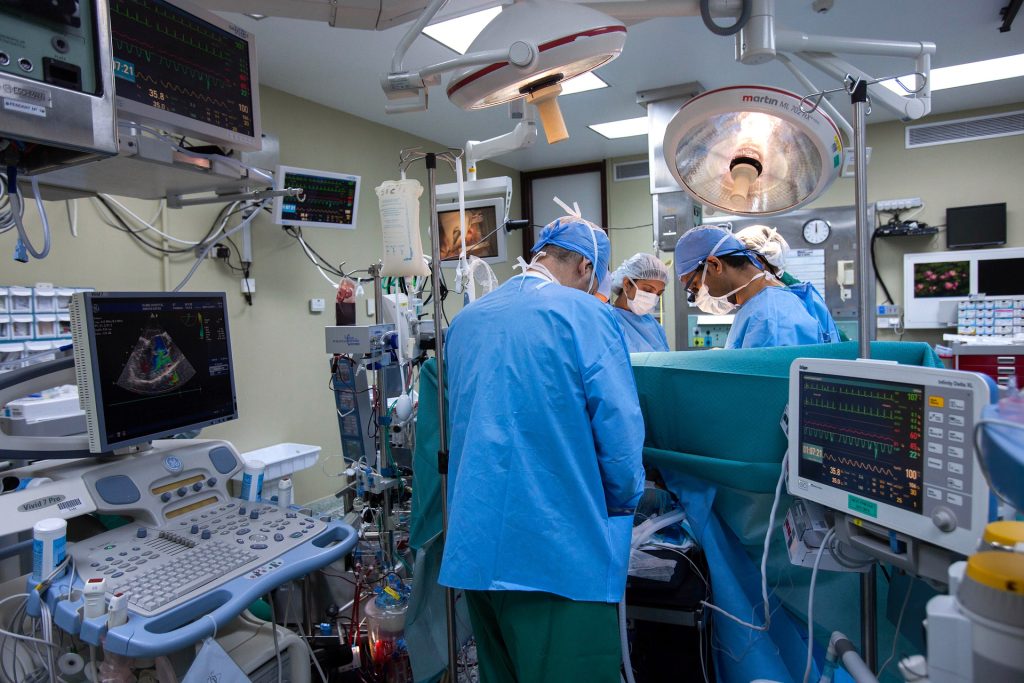Females Less Able to Recover from ACL Injuries

Injuries of the knee’s anterior cruciate ligament (ACL) are typically thought to be caused by acute traumatic events, such as sudden twists. Published in the Journal of Orthopaedic Research, new work analysing an animal model of ACLs suggests that such injuries can also occur as a result of chronic overuse, specifically due to a reduced ability to repair microtraumas associated with overuse. Importantly, the team said, females also are less able to heal from these microtraumas than males, which may explain why females are two to eight times more likely to tear their ACL ligaments than males.
“ACL tears are one of the most common injuries, affecting more than 200 000 people in the US each year, and women are known to be particularly susceptible,” said principal investigator Spencer Szczesny, associate professor of biomedical engineering and of orthopaedics and rehabilitation at Penn State. “While recent research suggests that chronic overuse can lead to ACL injuries, until now, no one had investigated the differential biological response of female and male ACLs to applied force.”
In the Penn State-led study, researchers placed ACLs from deceased male and female rabbits in a custom-made bioreactor that simulated the conditions of a living animal but allowed direct observation and measurement of the tissue. Next, they applied repetitive forces to the ACLs that mimicked those that would naturally occur during activities such as standing, walking and trotting and measured the expression of genes related to healing.
In male samples, the team found that low and moderate applied forces, such as those that would occur during standing or walking, resulted in increased expression of anabolic genes, which are related to building molecules needed for healing. By contrast, larger applied forces, such as those that would occur with repetitive trotting, decreased expression of these anabolic genes. For female samples, however, the amount of force applied did not influence the level of anabolic gene expression.
“It didn’t matter whether there was low, medium or high activity for females,” said Lauren Paschall, graduate student in biomedical engineering at Penn State and first author on the paper. “Female ACLs exposed to chronic use just didn’t heal as well as male ACLs, which may explain why women are predisposed to injuries. This supports the hypothesis that noncontact ACL injuries are attributed to microtraumas associated with chronic overuse that predispose the ACL to injury.”
According to the researchers, one explanation for the sex differences the team observed could be due to the higher amounts of oestrogen in females.
“Some studies have found that the overall effect of oestrogen on ACL injury is negative,” Paschall said. “Specifically, studies have shown that human women are more likely to tear their ACLs during the preovulatory phase, when oestrogen levels are high, than during the postovulatory phase, when oestrogen levels are low.”
She said the team plans to further investigate the role of oestrogen on ACL injury.
Szczesny noted that although the team’s study was not in humans, the findings may suggest that providing additional recovery time for women following injuries could be advantageous.
“Ultimately, this work could also help to identify targets for therapeutics to prevent ACL injuries in women,” he said.
Source: Penn State





